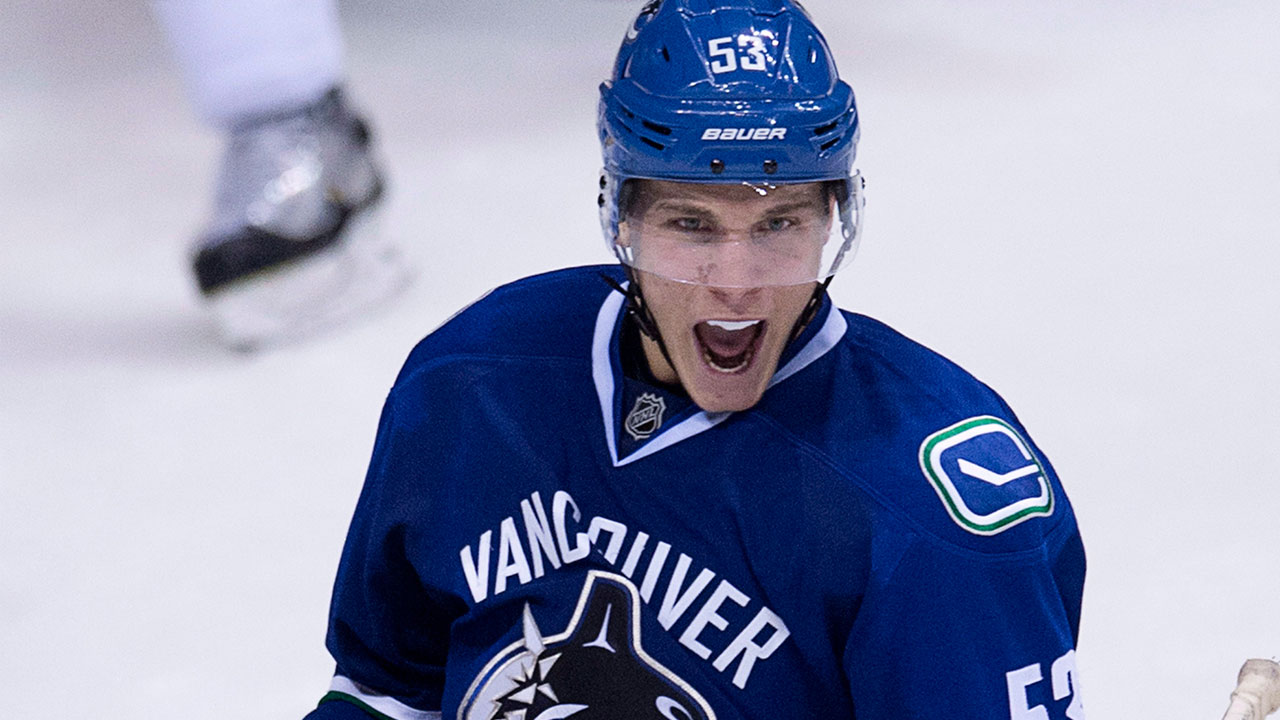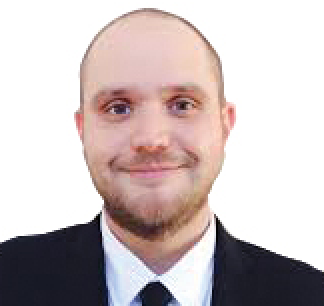As currently constructed, the Vancouver Canucks won’t be capable of putting together 100 point seasons forever.
Though the club managed to bounce back from a nightmare campaign in 2013-14 with a 101-point season, the Canucks were eliminated from the playoffs in the first round for the third time in four years.
If you have faint praise for the club’s improvement this season, it’s worth noting that this was actually the team’s most successful playoff run since 2011.
However, this aging Canucks team probably isn’t good enough to realistically contend anymore and their underlying performance fell off in basically every area this season other than in the standings.
Not that we can realistically expect this organization – one that has fired their general manager each time following their only two playoff misses in the past nine years – to go gently into that good night.
No, the Canucks are intent on squeezing the last juice of quality hockey from their current core. They hope to do so while simultaneously restocking their prospect pipeline and building a high-end group of what current Canucks general manager Jim Benning described at his season-ending press conference on Wednesday as "core prospects".
Is it doable? Maybe, but it’s a brutally tough balancing act and it’s rarely pulled off successfully.
Five teams have won the Stanley Cup over the past seven seasons, and only two of those five teams – the Detroit Red Wings and the Boston Bruins – didn’t go through an extended, painful rebuilding phase.
The Red Wings and Bruins models are extraordinarily difficult to emulate. The Bruins needed to land the most impactful unrestricted free agent of the salary cap era – the sort of player who no longer makes it to within sneezing distance of July 1 – while also benefitting from otherwordly goaltending in the post-season to win their championship.
The Red Wings, meanwhile, employed a generational talent on the blueline and against all odds managed to find two superstar forwards in the late rounds of the NHL draft.
Accumulating elite talent when you’re drafting year after year in the 20s is next to impossible. Yet if it all goes according to the plan that Benning and Canucks president Trevor Linden outlined vaguely on Wednesday, that’s where the Canucks hope to be making their draft selections going forward.
"Our goal is to develop young players in a winning environment, to make the playoffs, and ultimately we want to compete and win the Stanley Cup," Benning told reporters, articulating his parallel – arguably contradictory – goals.
"What we’re trying to do is we’re trying to add core prospects ‘on the fly’, as you’d say," Benning continued. "We have a good team, but we want to develop those young players in a winning environment.
"You can have a lot of good young players, but if they don’t learn and understand what it takes to win and (if) they (don’t) have older players showing them the right way to play and how to win, you end up with a team full of real good players that never wins anything."
The holistic approach to player development has merit, but as Canucks defenceman Kevin Bieksa quite rightly pointed out earlier in the week: overall talent is more important than relative youth.
STANLEY CUP PLAYOFFS: | Broadcast Schedule
Rogers NHL GameCentre LIVE | Stanley Cup Playoffs Fantasy Hockey
New Sportsnet app: iTunes | Google Play
A winning environment might be preferable for player development, but a losing environment allows a team to accrue top-of-the-line talent – something the Canucks currently lack.
Vancouver’s multi-directional plan might work, but it’ll take the sort of luck that this franchise has never benefitted from. It’ll also require some miraculous success in the departments of scouting, drafting and player development.
It’s why Benning is the central figure of this semi-rebuild. The first year executive has scouting in his blood, literally. Jim’s father, Elmer, has scouted for the Montreal Canadiens for over three decades, and his son, Brandon, is a scout with the Canucks. It’s not an accident that he’s been cast as something of a ‘scout in chief’ since taking on the job.
So we know that the draft will be a massive priority for this club. It has to be.
Going into the 2015 NHL Draft the Canucks have already dealt their second- and third-round picks, but may look to trade back into the middle rounds, as Benning indicated several times on Wednesday.
"We have the 23rd overall pick… we’ve done a lot of hard work and I feel we’re going to get a real good player," Benning said. "When we decide… the direction that we’re going to go in, we may acquire more picks going into the draft."
There’s a variety of ways they can do just that. They might trade the rights to a pending unrestricted free agent player, particularly Shawn Matthias. They might move a veteran piece, and Benning suggested he wouldn’t be shy about approaching a player with a no-trade clause about waiving it if that player no longer fits into the club’s long-term plans.
They also pretty much have to move a goaltender, just based on the fact that third-string netminder Jacob Markstrom will be prohibitively expensive to qualify.
"We have depth at the goaltending position," Benning said. "That’s an area where we could probably recapture a draft pick if we decide to trade somebody."
Benning’s Canucks will also scour the AHL for talent, as they’ve done aggressively this season by trading picks and long-term futures for Linden Vey, Adam Clendening, Andrey Pedan and Sven Baertschi.
"We’re going to go through other teams’ reserves list and we’re going to make up lists of names of guys that we think we can develop and that are going to help us win going forward," Benning said matter of factly. "And if they become available we’re going to try and acquire them."
Put it all together and the Canucks’ road map to sustained success seems bumpy if not unlikely, particularly in a Pacific Division packed with bright futures.
Thus it’s easy to assume that the Canucks are in the process of slowly fading, but as Vancouver’s brass made abundantly clear on Wednesday: they fully intend to rage against the dying of the light.









